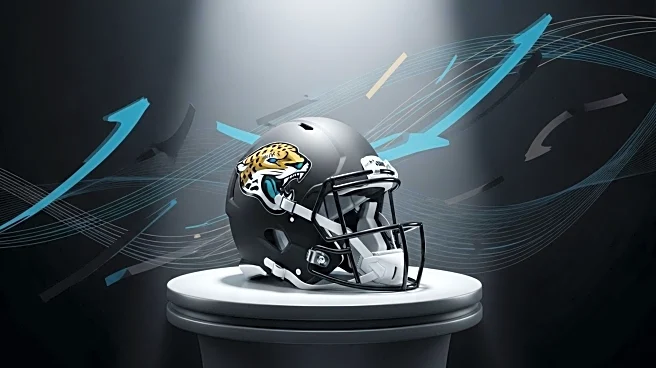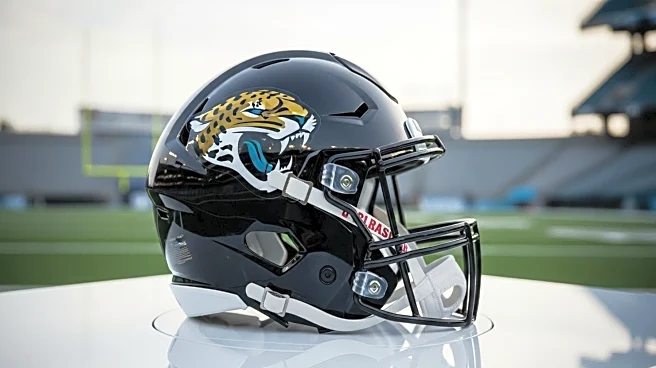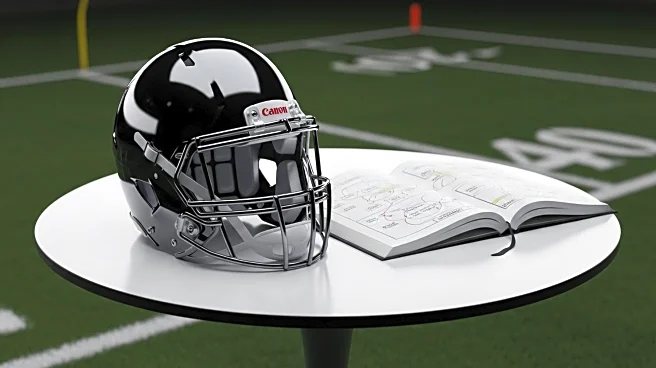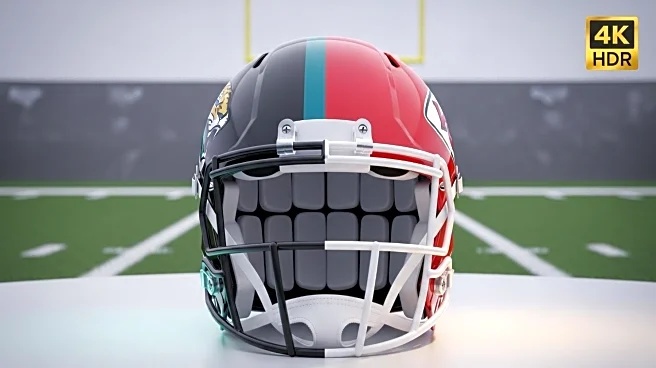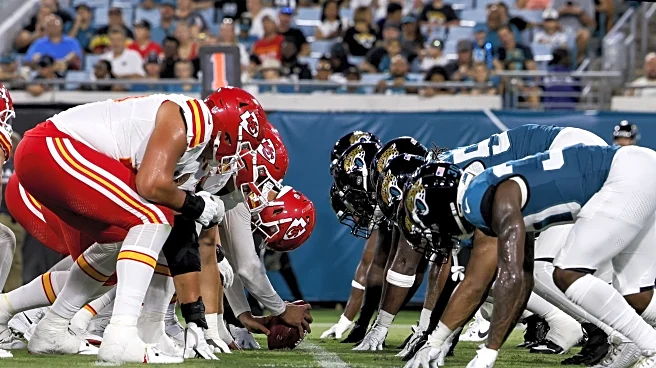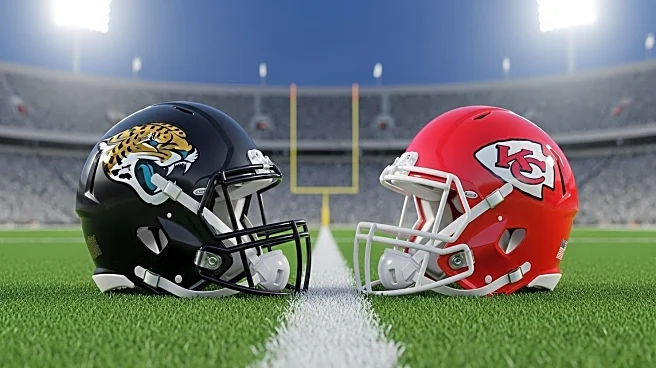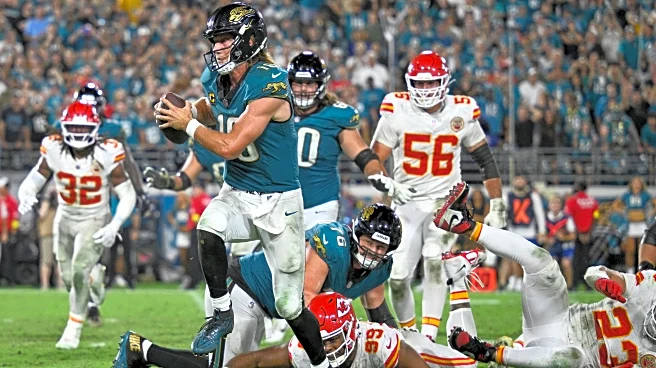What's Happening?
Travis Hunter, a rookie wide receiver and cornerback for the Jacksonville Jaguars, showcased his talent with a remarkable catch during a Monday night game against the Kansas City Chiefs. Hunter, who plays both offense and defense, made a significant 44-yard reception that set up a touchdown for the Jaguars. However, his dual role raised concerns when he experienced an injury scare while covering Chiefs receiver Xavier Worthy. Hunter had to leave the game briefly after limping off the field but returned for the next offensive play. Despite the injury scare, Hunter's performance highlighted his potential, which led the Jaguars to trade up to draft him second overall.
Why It's Important?
Hunter's ability to play both wide receiver and cornerback is a rare and valuable asset for the Jaguars, potentially giving them a strategic advantage. His performance, including the impressive catch, demonstrates the talent that earned him the Heisman Trophy at Colorado. However, the injury scare underscores the risks associated with playing both ways, which could impact his longevity and effectiveness throughout the season. The Jaguars' decision to utilize Hunter in this dual role will be closely watched, as it could influence future strategies in player utilization across the NFL.
What's Next?
The Jaguars will need to carefully manage Hunter's workload to prevent further injury risks, especially given his importance to the team's offensive and defensive strategies. Monitoring his health and performance will be crucial as the season progresses. The team may consider adjusting his playing time or role to ensure he remains a valuable asset without compromising his health. Additionally, Hunter's development and adaptation to the NFL will be pivotal in determining his long-term impact on the team.
Beyond the Headlines
Hunter's dual role raises broader questions about player safety and the sustainability of such strategies in professional football. The physical demands of playing both offense and defense could lead to increased injury risks, prompting discussions on how teams can balance maximizing player talent with ensuring their health and career longevity. This situation may influence future draft strategies and player development programs in the league.


